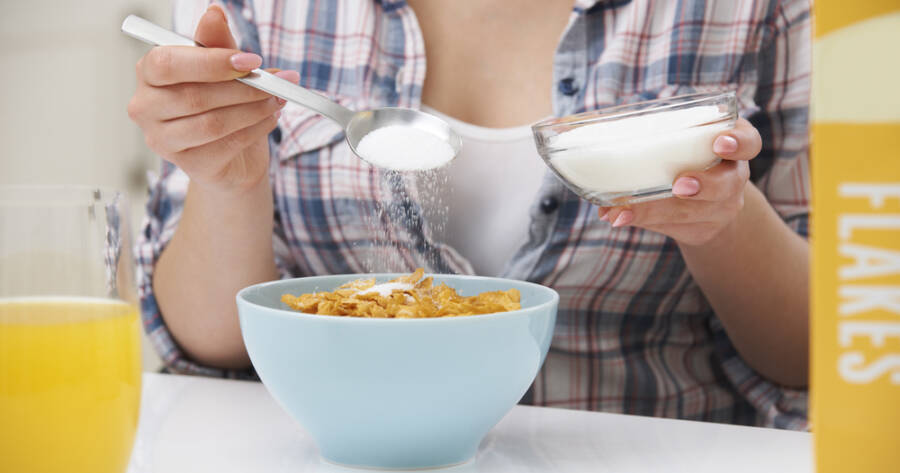Starting the morning with the right meal is essential for managing diabetes. Unfortunately, many common breakfast choices can disrupt blood sugar levels, leading to energy crashes and long-term health concerns. By identifying and avoiding these mistakes, diabetics can take control of their morning routine and support better glucose regulation. Understand what to watch out for and how to make smarter breakfast choices.
Skipping Breakfast: A Risky Choice for Blood Sugar Stability
Some people believe that skipping breakfast can help cut calories, but for diabetics, it can lead to fluctuating blood sugar levels. After a night of fasting, the body requires fuel to maintain energy and metabolic balance.
Without breakfast, blood sugar may drop too low, causing fatigue, irritability, and intense hunger later in the day. Consistently skipping meals can make glucose regulation more difficult. Instead, opt for a nutrient-dense breakfast that stabilizes blood sugar and provides sustained energy.
Low-Fiber Breakfasts: A Missed Health Opportunity
Fiber plays an essential role in slowing glucose absorption, making it a crucial component of a diabetic-friendly breakfast. Eating low-fiber foods, such as white toast or sugary cereals, can cause a rapid rise in blood sugar levels.
Instead, prioritize high-fiber options like whole grains, berries, nuts, and seeds. Choices such as oatmeal with chia seeds, whole-grain toast with avocado, or a fiber-rich smoothie can promote better glucose control and long-lasting satiety.
Excessive Carbohydrates: A Blood Sugar Rollercoaster
Carbohydrates are necessary for energy, but diabetics must be mindful of their sources and portions. Starting the day with refined carbs like bagels, pastries, or sugar-laden cereals can lead to a rapid spike in blood sugar.
To avoid this, opt for complex carbohydrates with a lower glycemic index, such as quinoa, whole oats, or sprouted grain bread. Pairing carbs with protein and healthy fats—like eggs, nuts, or Greek yogurt—can further moderate glucose absorption and prevent sharp fluctuations.
Overeating: Portion Control Matters
Even when selecting nutritious foods, consuming excessive portions can result in high blood sugar levels. It’s important for diabetics to be mindful of serving sizes, as large portions of fruits, nuts, or grains can contribute to higher carbohydrate intake.
Using smaller plates, measuring portions, and eating mindfully can help maintain balanced blood sugar levels throughout the day. A well-portioned breakfast sets the tone for better glucose management.
Sugary Drinks: A Hidden Danger
Many people start their morning with fruit juice or flavored coffee drinks, but these beverages can be loaded with sugar and lack the fiber needed to slow glucose absorption. Even 100% fruit juice contains high sugar levels comparable to soda.
Instead, diabetics should opt for water, unsweetened herbal tea, or black coffee. If craving flavor, adding a slice of lemon or infusing water with fresh herbs can provide a refreshing alternative without the sugar spike.
High-Sugar Breakfast Choices: A Recipe for Unstable Blood Sugar
Popular breakfast items such as pastries, flavored yogurts, and sweetened cereals can cause drastic blood sugar fluctuations. These foods often contain refined sugars and simple carbs that quickly elevate glucose levels, only to result in an energy crash shortly after.
Diabetics should focus on breakfasts that are rich in fiber, protein, and healthy fats, such as scrambled eggs with spinach, Greek yogurt with nuts, or whole-grain toast with peanut butter.
Smart Breakfast Choices for Better Health
By avoiding these common mistakes, diabetics can create a morning routine that supports stable blood sugar levels and overall well-being. Choosing nutrient-dense, high-fiber, and balanced meals ensures sustained energy and better glucose management throughout the day.
With thoughtful meal planning, breakfast can be a powerful tool in maintaining long-term diabetes health and preventing unnecessary blood sugar fluctuations.





